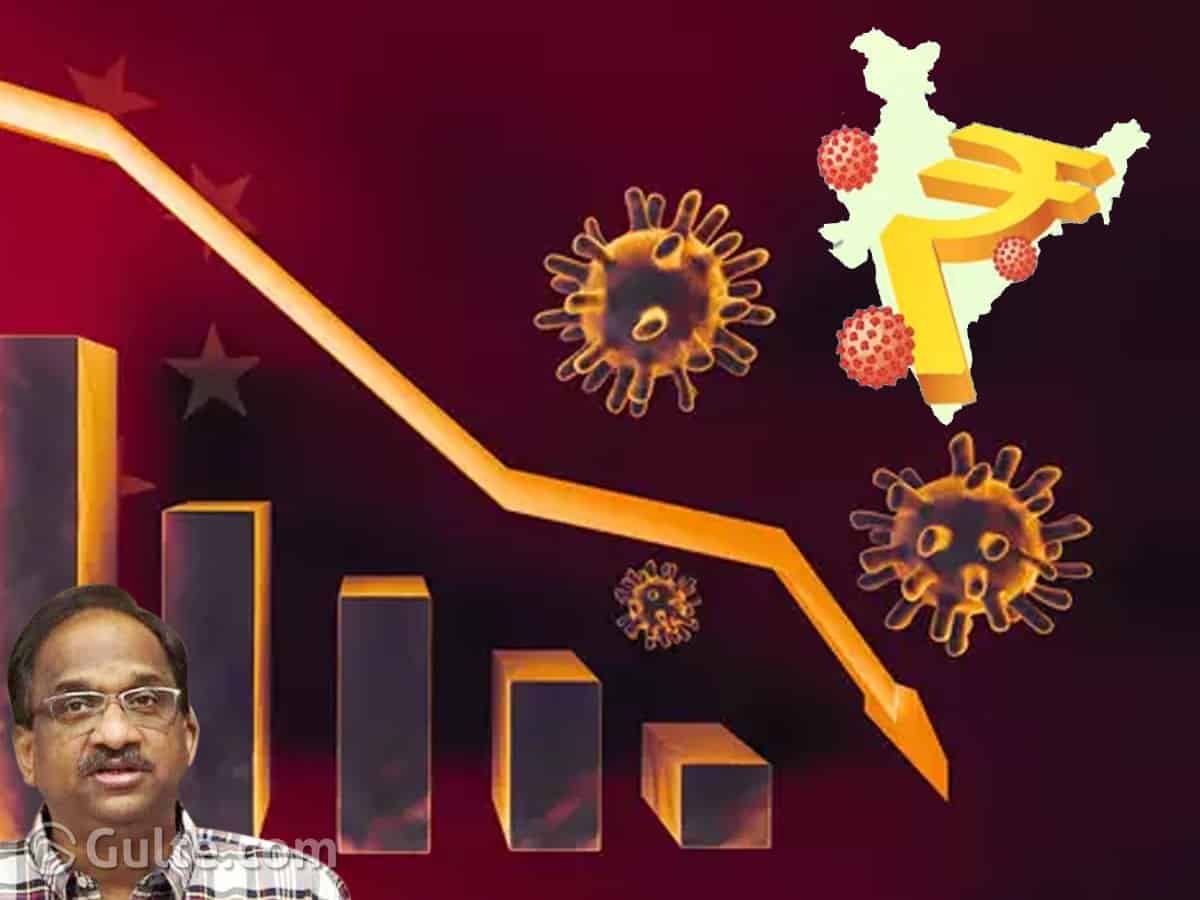Indian economy that suffered massive erosion due to COVID-19 so far is once again witnessing the signs of economic distress,as the second wave looms large over the country. Even before the Delhi government announced a week long lockdown starting from today, several state governments across the country started imposing some or other restrictions. The fear of COVID has dampened the mobility of the people, which is evident from several indices.
The mobility indicators deteriorated as the restrictions in the wake of second wave dampened social mobility. Google Retail & Recreation and Workplace Mobility Indicators have fallen by 5.9 percentage points and 2.7 percentage points respectively as of April 12 compared to the previous week.The Apple Driving Index has dropped by a whopping 8.4 during this period.The Traffic Congestion Index (TCI), collected by Traffic Index, also shows a similar fall in traffic levels to about 10 as of April 13, down from 16 a month earlier.
This is already causing adverse impact on the economic activities. For instance, according to the Nomura India Business Resumption Index (NIBRI) the pace of economic activity normalisation has dipped to 90.4 for the week ending April 11 from 93.7 in the previous week.
As of April 13, railway passenger revenues dropped by about 25% from a month ago. Similarly, the railway freight revenues, which grew relatively well until end-March, have fallen to 7.7% in April from a month ago.
GST E-Way Bill collections in the first two weeks of April have declined by about 38% compared with the corresponding period in February-March (on average), reflecting less movement of goods both intra-state and inter-state.
The signs of adverse impact are evident from market performance in several sectors. For instance, sale of two wheelers remain weak. The consumption of diesel has been falling, the loan growth has fallen below 6 percent indicating low economic activity.
Falling economic activity is resulting in loss of livelihood opportunities. Unemployment rose to 8.6 % in mid-April from 6.7 % in mid-March. This would further worsen as corporates will once again resort to job cuts and wage cuts visible during the first wave. In the September 2020 quarter, total expenditure for a sample of 2,334 companies(excluding banks and financials) fell by 15% year-on-year, while net sales were down 8% year on year. In the December 2020 quarter, total expenditure fell 4% year on year while sales were up by 0.25 year-on-year.
In fact, the economic downturn started even before India witnessed second wave. The index of industrial production experienced contraction in January and February. The situation is likely to worsen if the second wave is not contained without recourse to lockdowns and severe restrictions.
-By Prof K Nageshwar
For Prof K Nageshwar’s views please subscribe to Telugu Videos : English Videos
Tags Corona India India Economy Prof K Nageshwar
 Gulte Movie News And Politics
Gulte Movie News And Politics

















